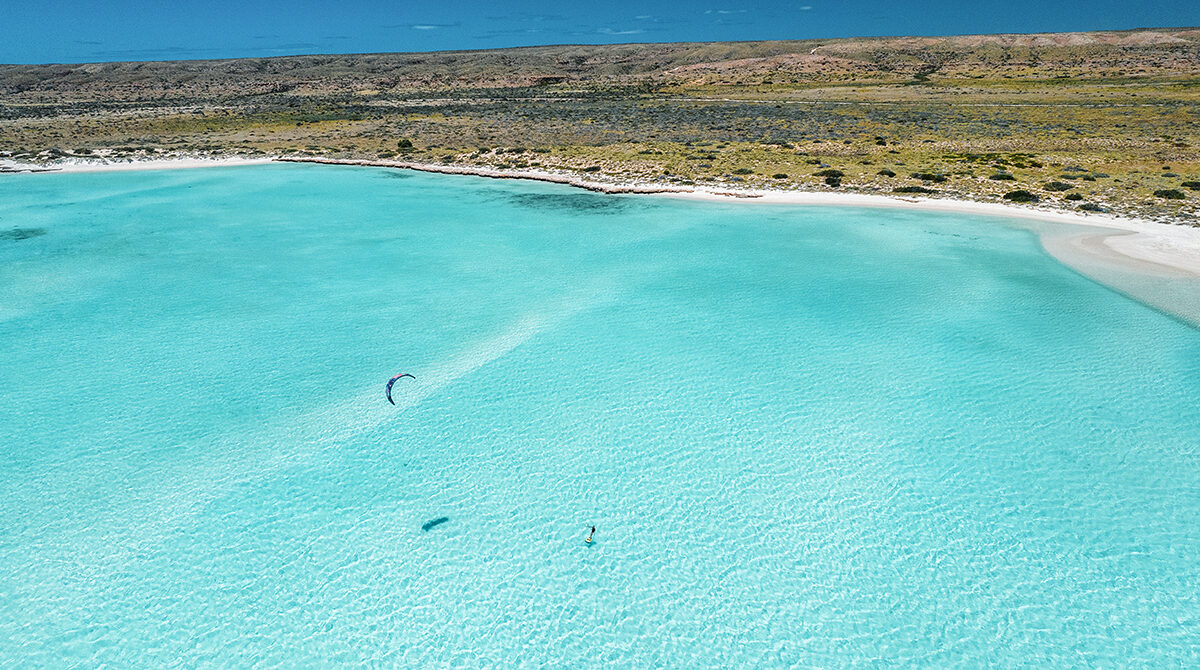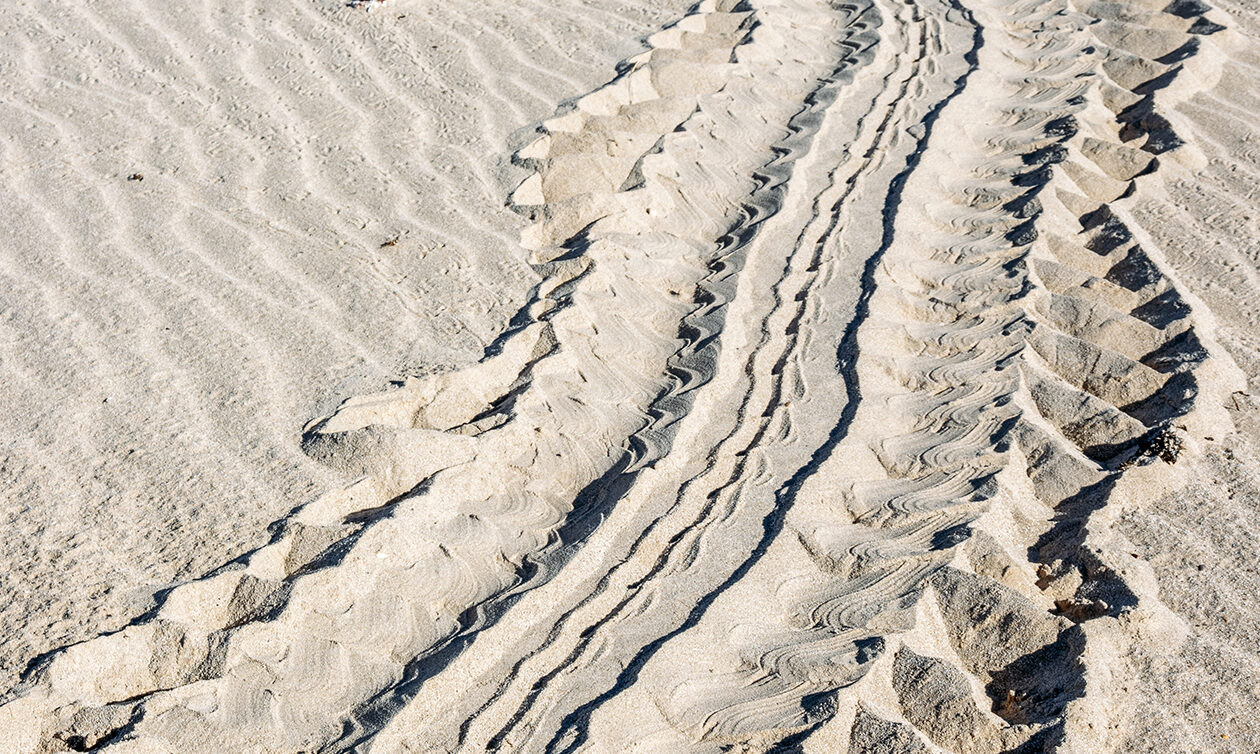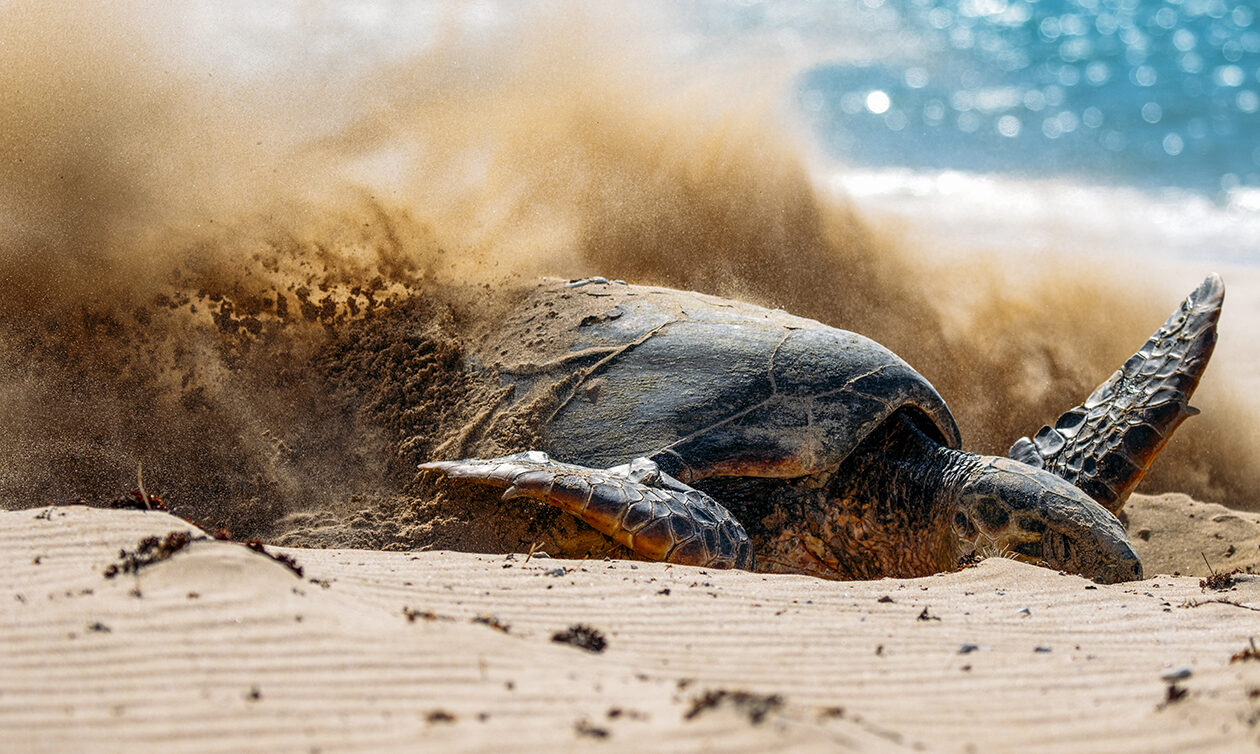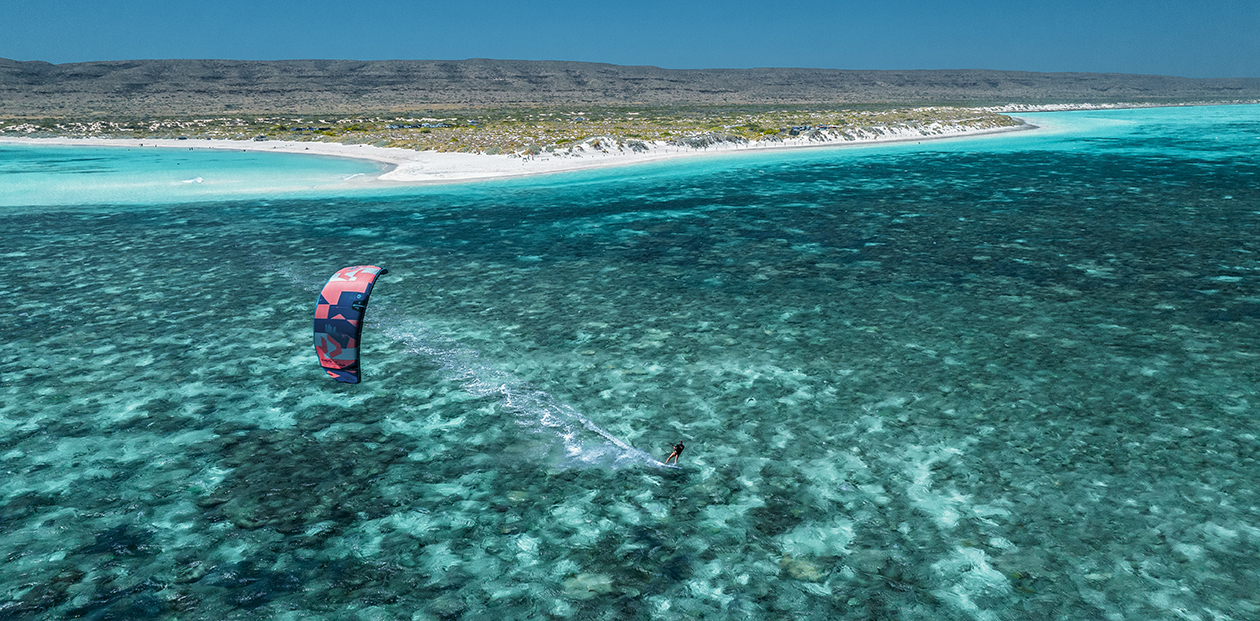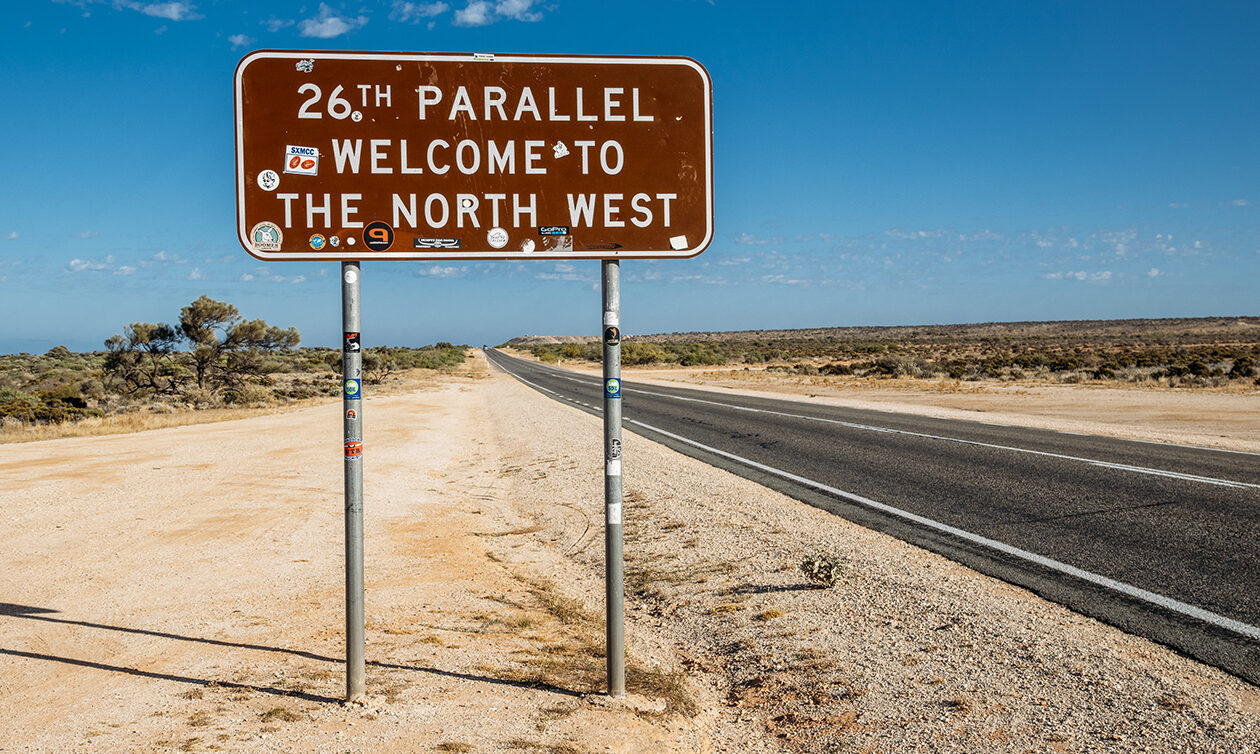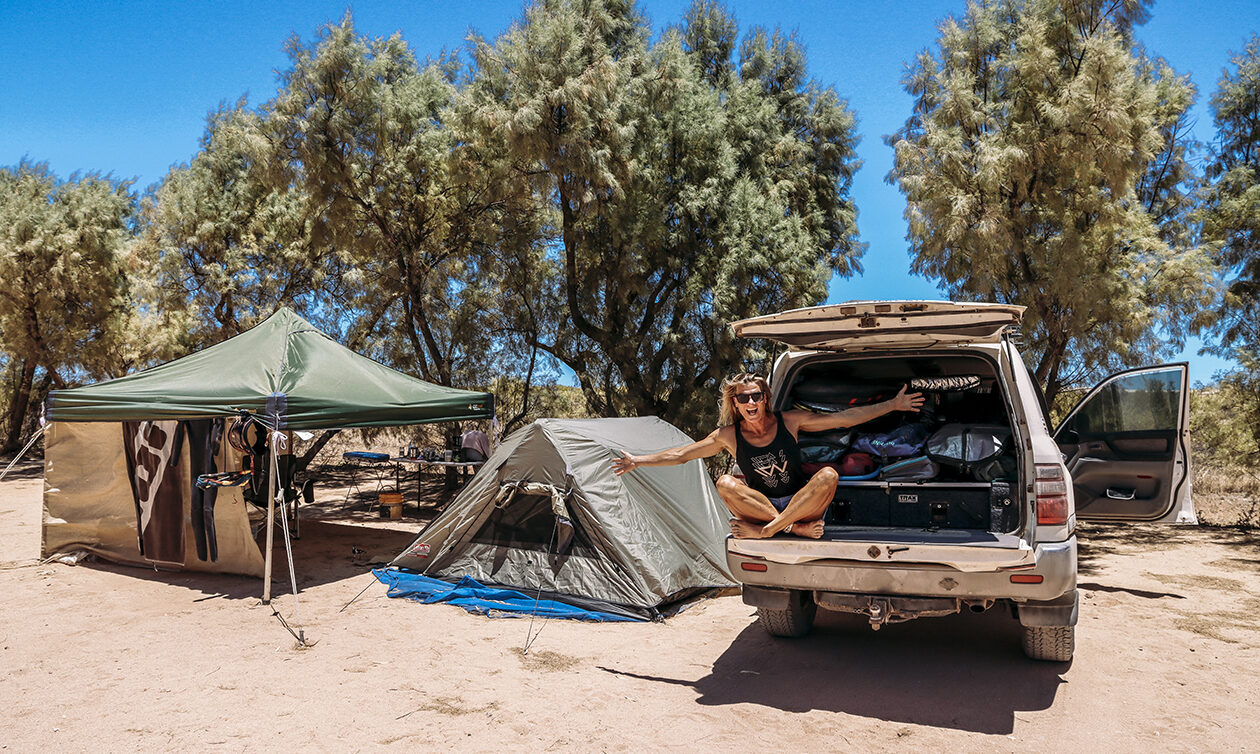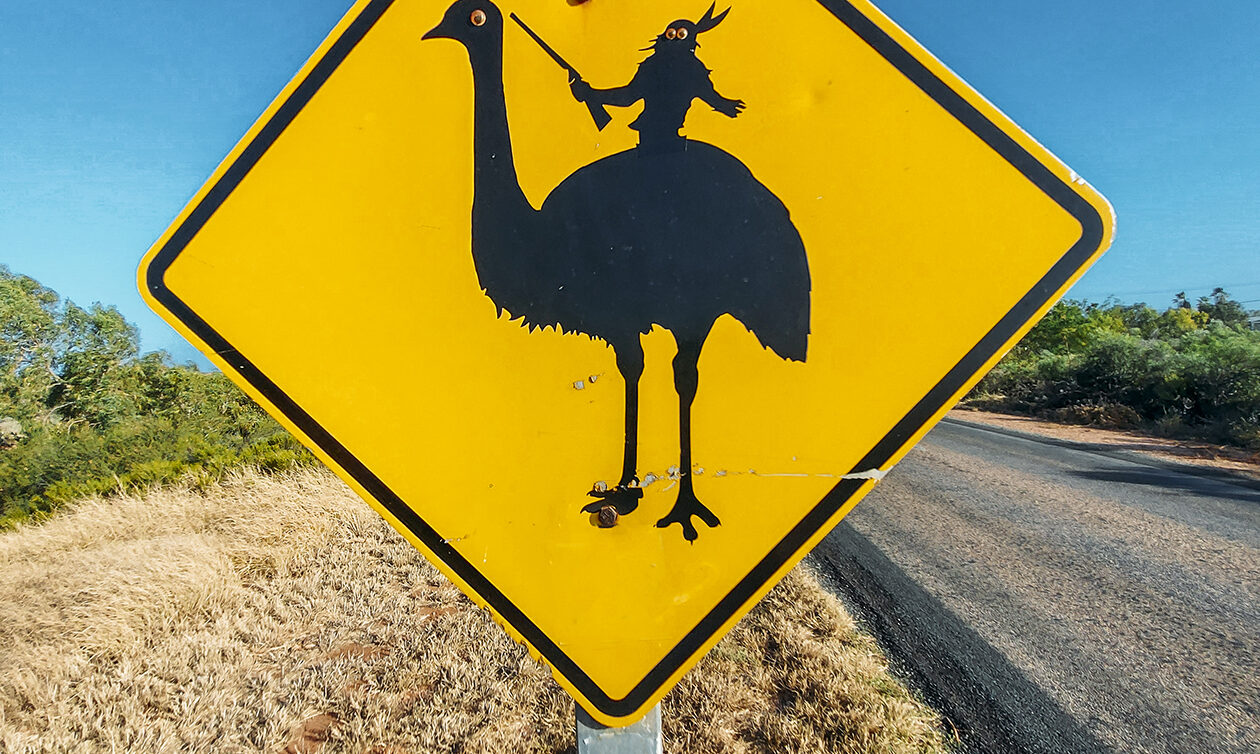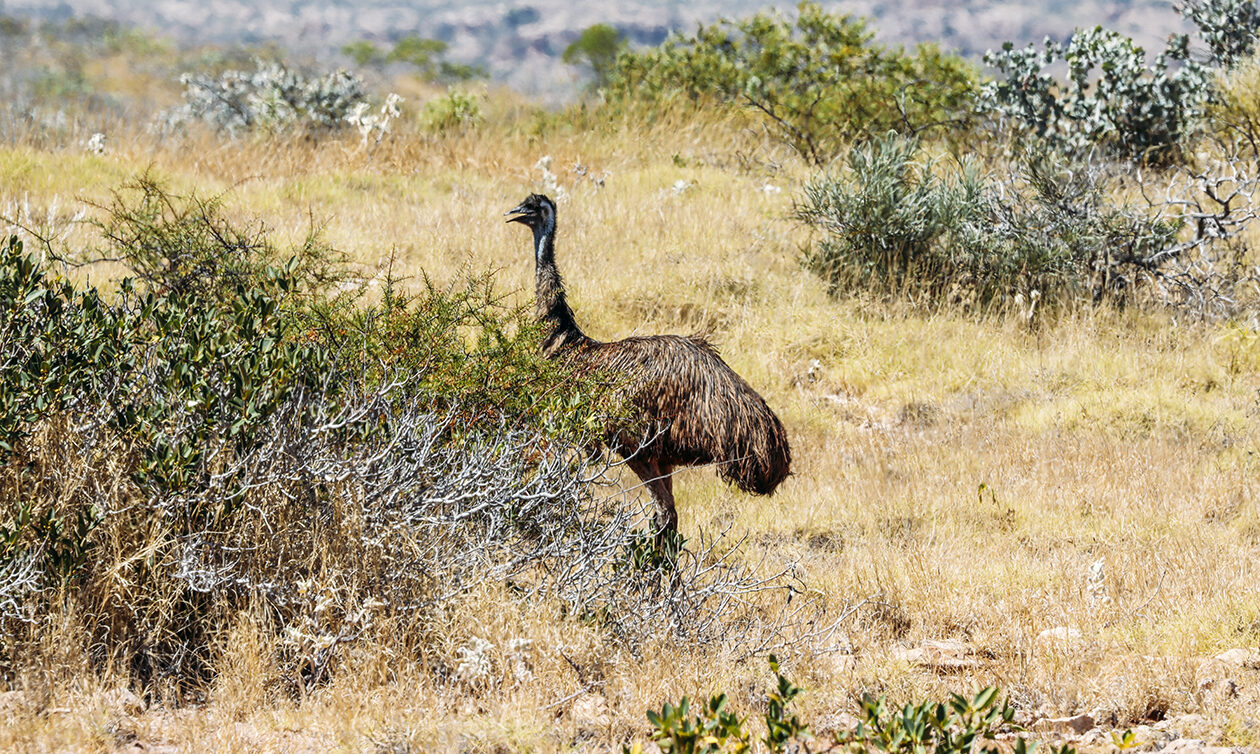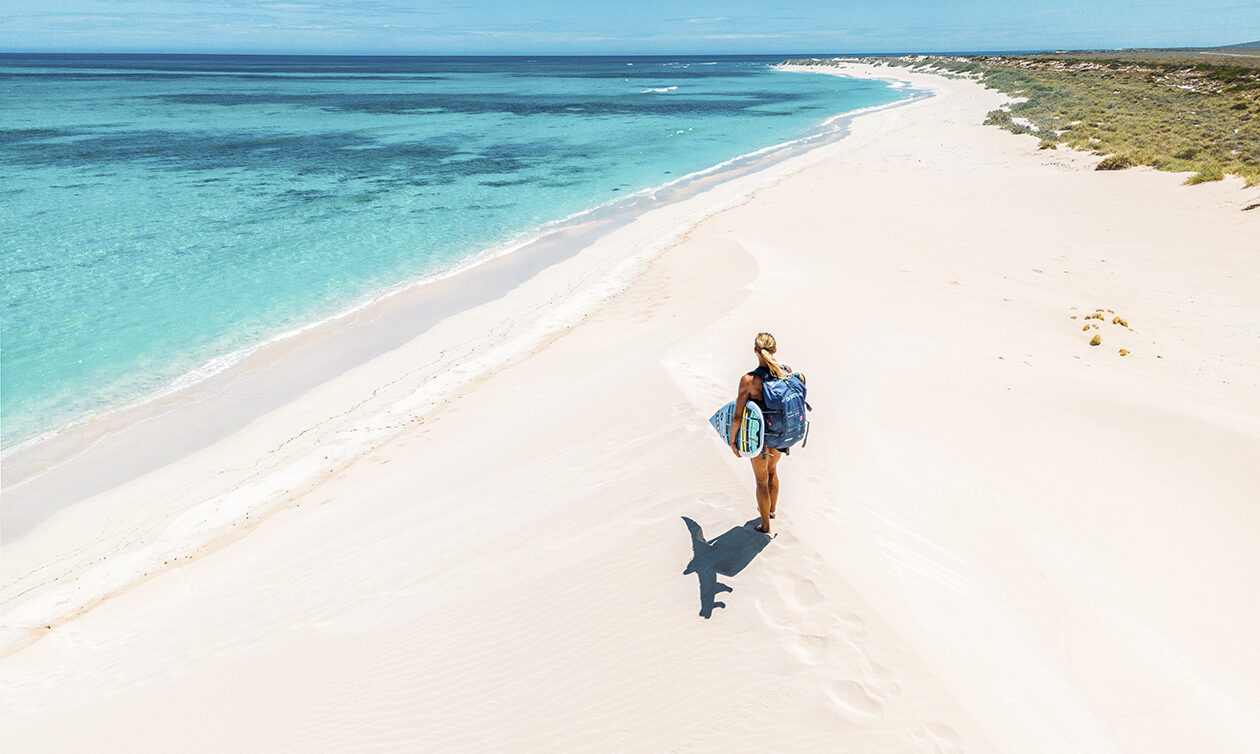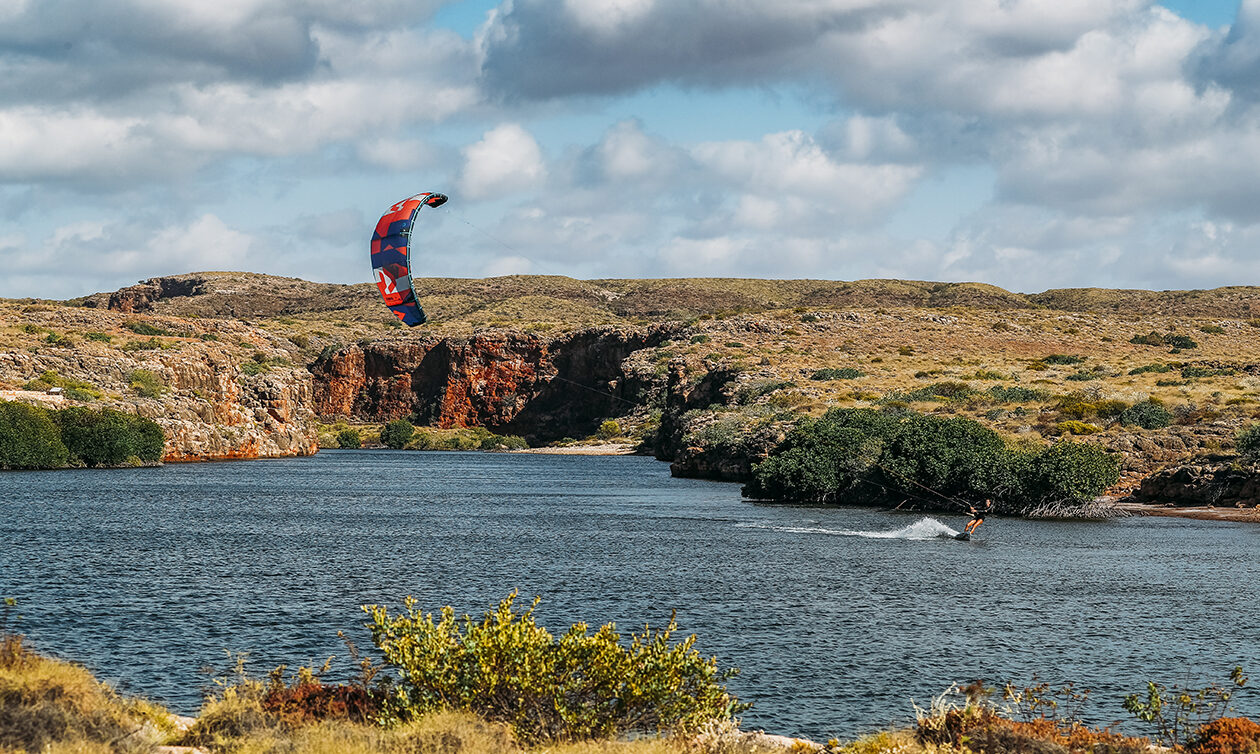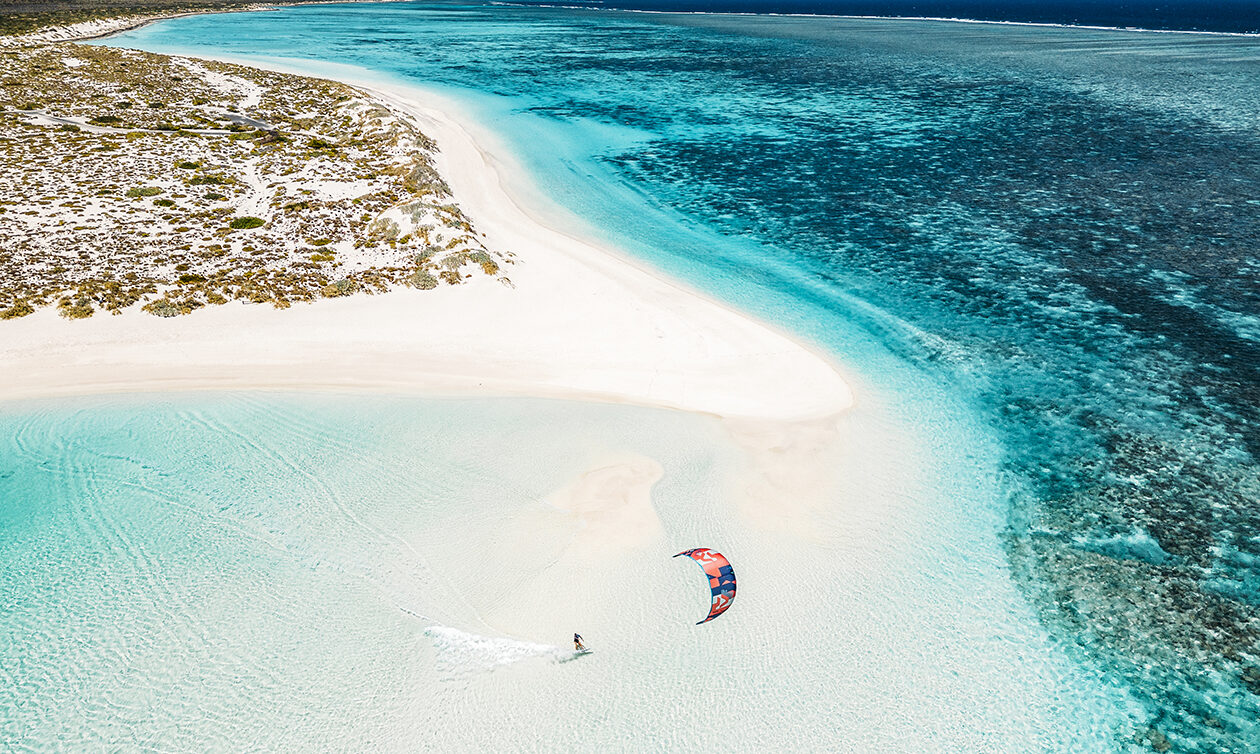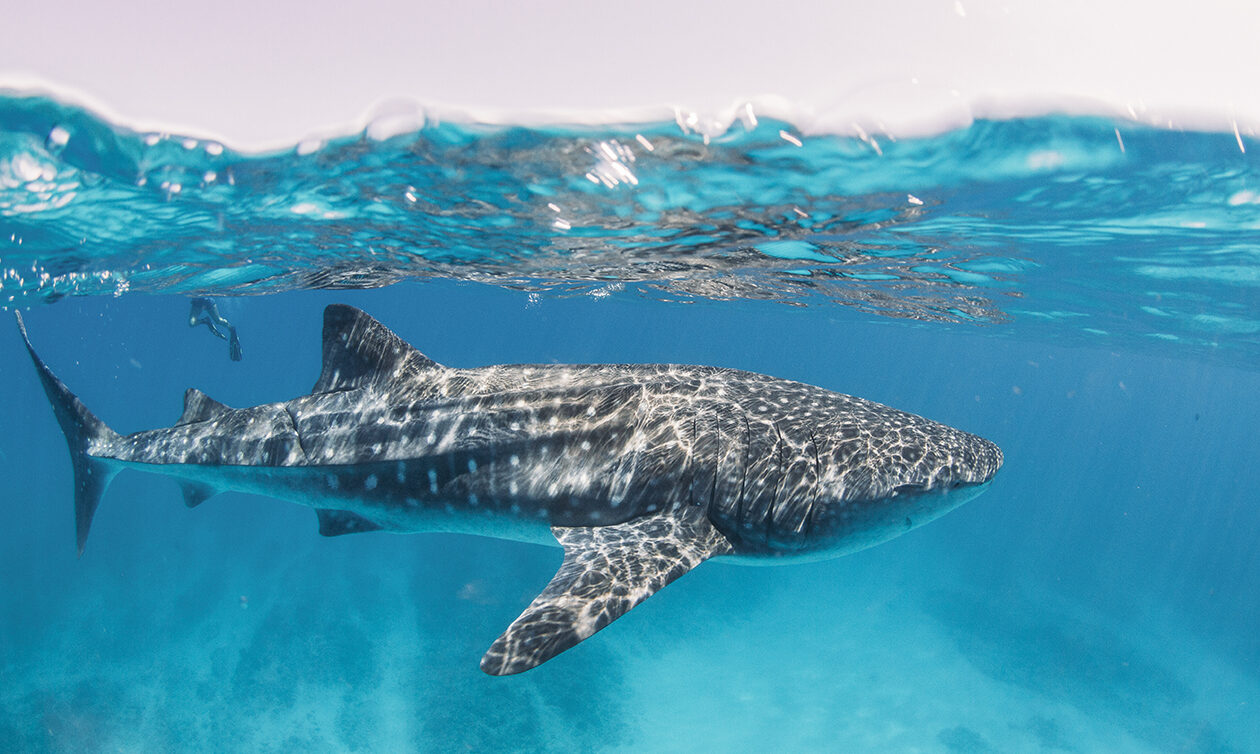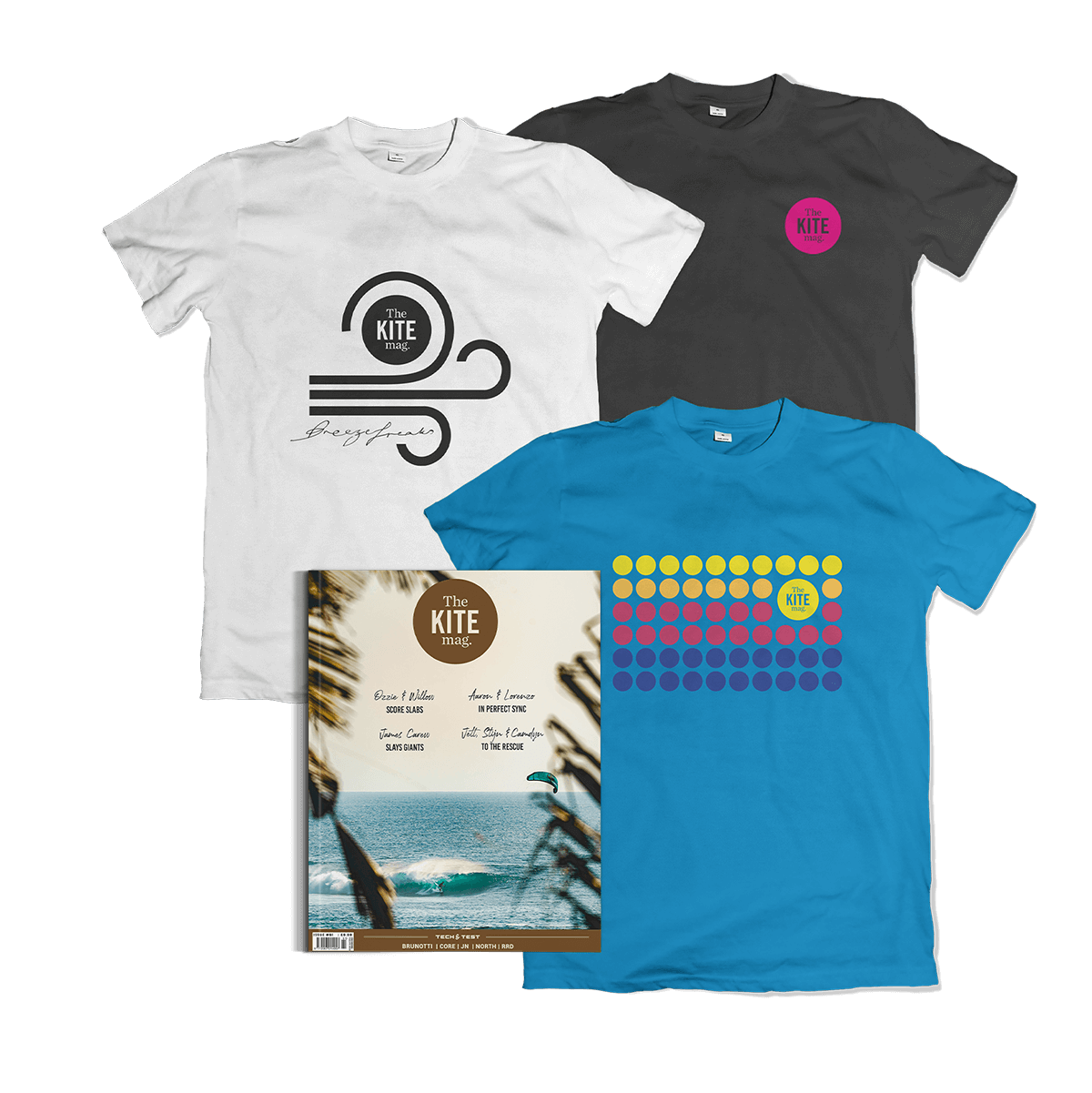Driving out the gate of the campground one morning, I spotted two emus, nearly as tall as my car, majestically strolling through the scrub next to the road. The second largest living bird on earth and the largest bird found in Australia is a strange creature. Born to run rather than fly with tiny useless wings and long and powerful legs, they can sprint at 48km per hour for quite a distance. After hanging out with the emus for a good half hour, I drove to the coast, where Mother Nature immediately had another gift for me. Walking along an incredible beach of the finest white sand, I stumbled onto some rather strange-looking impressions in the sand which resembled the tracks of a monster truck tire. There were many of them, some ended in large holes dug in the sand, and others made huge loops or led into the water. It wasn’t long before I spotted two mating turtles drifting on top of each other just a meter from shore. Further up the beach, a few more dark blobs caught my eyes — more turtles.
The Ningaloo Coast is one of the most important turtle-nesting rookeries in the Indian Ocean for three of the world’s seven species of marine turtles: the endangered Loggerhead turtle, as well as the Green turtle and the Hawksbill turtle, both listed as vulnerable. From November to March, many thousand turtles return to their nesting sanctuary here each year. Sadly, due to natural predators and human-related factors, only one hatchling out of every 1000 eggs will survive to adulthood. I love seeing native wildlife in their natural habitat and over the weeks along this coast I truly got spoilt.
Eventually, I moved my camp deeper into the National Park which meant no more facilities and having to bring everything: sufficient water for drinking and washing, fuel, all my supplies etc. I even had to rent a portable camping toilet from the camp store in Exmouth as bringing one is a requirement for all visitors by Parks & Wildlife WA (the government body in charge of all National Parks). Renting a portable toilet… interesting! I’ve been to over 80 countries, but that was a first for me. Camping literally on the water’s edge on an amazingly long, stunning windswept beach, was my highlight camp set-up of the trip. There’s nothing better than falling asleep to the sound of the ocean. At night the lack of light pollution in this remote area creates an experience I would call a “bucket lister” that most people don’t even know exists: getting blanketed by the Milky Way in the middle of the desert. The sheer beauty of a million stars twinkling in all their glory kept me awake and wide-eyed even after the longest day on the water regardless of my sunburnt red eyes. Who needs a five-star room when you can sleep in a five-billion-star tent?
One kite session that cemented itself in my personal history books of epic sessions, was kiting at the SS Mildura shipwreck on the tip of North West Cape. The SS Mildura sank in June 1907 when it hit a shallow reef during a cyclone. Luckily, no human life was lost. The wreck sits in four meters of water prone to strong surges and currents. With two big boilers and the engine mount in the center of the still upright and relatively intact hull, it is an intriguing site, even more so from up close with a kite.
For my last sunset, Mother Nature gifted me with a live David Attenborough moment. I had parked my car on a snow-white, sheer endless beach. Like so often along this coastline out of peak tourist season, there was not a single soul in sight. I suddenly spotted a tiny black dot way up the beach. I grabbed my camera and set off on foot. After a good long walk, my presumption was confirmed and my heart started pounding. Getting down on my hands and knees, super conscious of not getting too close, I watched a pregnant turtle mama haul herself up the wide beach. Evidently an arduous journey for her, it took her a fair while until she was finally high enough up the beach where she started to dig her nest. I almost didn’t dare to breathe. She worked hard and massive sprays of sand shot into the air around her. Observing this fascinating creature push out her eggs, each one obviously requiring a great effort, was a mesmerizing spectacle. After laying all her eggs, the turtle mama flung sand behind her in a methodical manner for at least half an hour to cover her nest, before dragging herself back down towards the ocean again. Witnessing the motherly commitment and incredible effort of this beautiful creature to dig, lay and protect her eggs was a mind-boggling experience that I will remember for the rest of my life. The mama turtle made it to the waterline just at sunset. Watching her glide off into the golden water, I bowed my head in deep and humble gratitude to the universe — what a trip!

